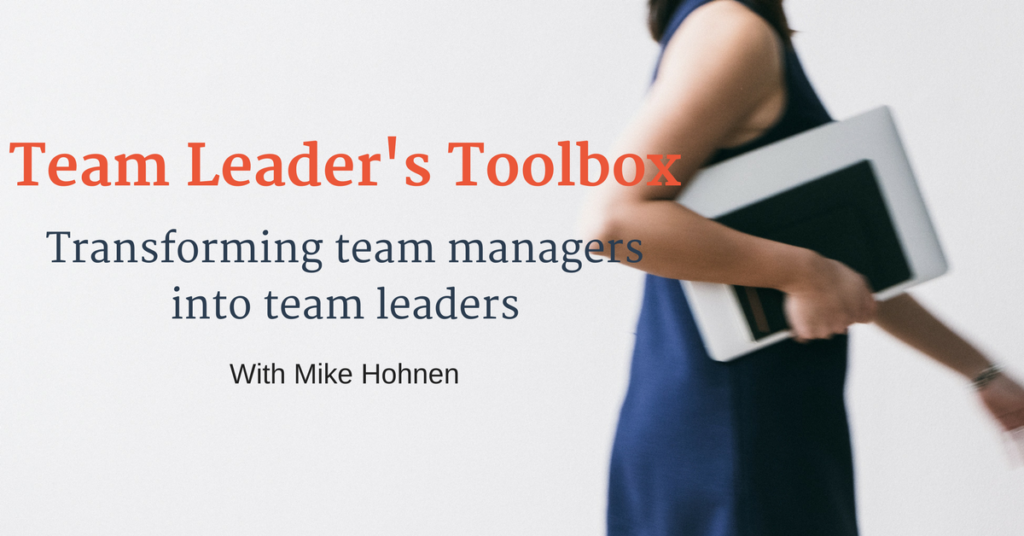
As we continue to explore team leadership as different from team management, we now need to look at another aspect of the team.
A team is also a system. And when we look at it from that angle, we need to recognise that systems come in many forms. One way to look at them is as either mechanical or organic. Mechanical systems are things like computers, cars and factories. Mechanical systems are by definition stable. You may feel that your car is moody – but that is probably more about you than the car. The car works or it does not work. If you stress it, it continues to work up to a point and then it snaps and is kaput.
Human beings – the core elements of your team are organic systems, as are cats, cauliflower or caterpillars. And organic systems are by definition unstable. They are always in transition from one state to another. Humans, go from happy to excited to sad. From wide awake to drowsy. From enthusiastic to reluctant and back again, on and on it goes. The only constant is change.
If we try and handle this instability with just management tools, we quickly get into trouble. The whole principle of management is that we can set up rules, and ways of doing things that can be replicated every day no matter what. Great idea if you are working with a stable system – quite tricky if you are working with an unstable system. Add to that, the complexity that these team members are not transitioning from one stage to another in an orderly and synchronised manner. While A is happy, B is frustrated, and C is indifferent. And tomorrow that may well be the other way round. It just depends…
The instability is not completely random. We typically shift to a new state as a result of some stimulus. This can be a change in weather, a remark from a colleague, a difficult task etc. the list is endless. Here you see the big difference with mechanical systems. Your car does not get sad when it rains, happy when we are going downhill – or frustrated by all the bigger cars on the road today. It just does its car thing in the same state no matter what.
Now all this may seem obvious to you. But in my day to day work as a coach, I keep running in to leaders who are assuming that everyone on their team is operating like a car and therefore have two states ‘off’ and ‘on’.
First step is to acknowledge and accept that this is what is going on. Learn to live with the fact that everyone around you is basically unstable – including you.
Second, if you are the kind of leader who is highly volatile or moody or otherwise prone to dramatic shifts in your states, you need to learn to manage your own states (I will be giving an online course on that in beginning of the New Year).
Thirdly, now that you are aware that this is what is going on, you need to help your team members better manage their states.
We will look at that in next week’s post.
 Enter your email address below and we will notify you when we launch the Team Leader’s Toolbox!
Enter your email address below and we will notify you when we launch the Team Leader’s Toolbox!
_______________________________________________________
This post is one of a series where we are exploring the notion of leadership and how this is different from management. Our starting point is the Service Profit Chain and the understating that the management part of our job will only take us so far. If we really want to create an organisation that is capable of delivering outstanding customer experiences, we need to develop an organisation that delivers outstanding employee experiences – and that requires leadership. You can check out other articles of the series below:









